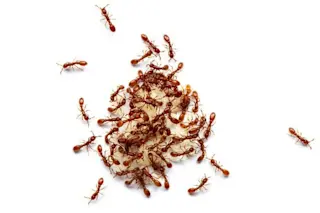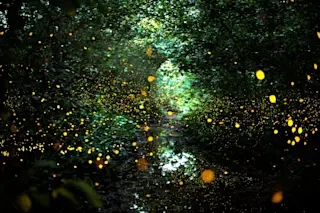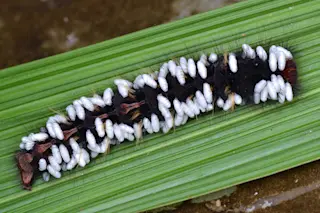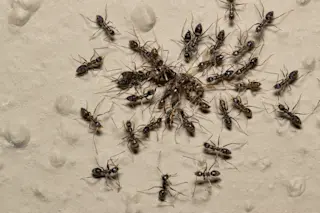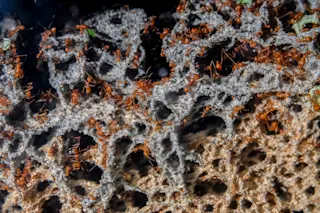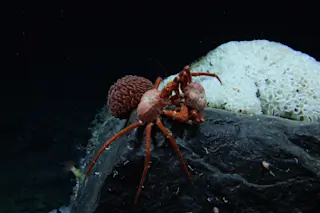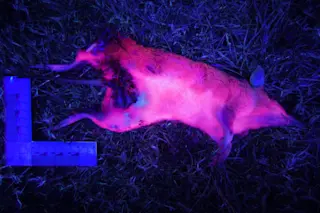You may start to feel sloth-like when the sun slips away during the winter months, but this little hornet actually derives energy (not just motivation) from sunlight, using its exoskeleton's nanostructures and pigments. Researchers first noticed something odd about the Oriental hornet in the early 1990s: Instead of being lazy-bums during the bright midday hours like other wasps, the Oriental hornet was extremely active. When the late entomologist Jacob Ishay started studying the hornets in 1991 he discovered some mind-boggling features of their exoskeleton, explains John Rennie at PLoS Blogs:
Ishay found that shining light on the hornets—live, anesthetized or even dead—could produce voltage differences of several hundred millivolts across their hard exoskeletons, which suggested that the cuticle material making up the exoskeletons was effectively an organic semiconductor converting light into electricity. Indeed, Ishay even found that shining ultraviolet light on an anesthetized hornet would wake it up faster, as ...



